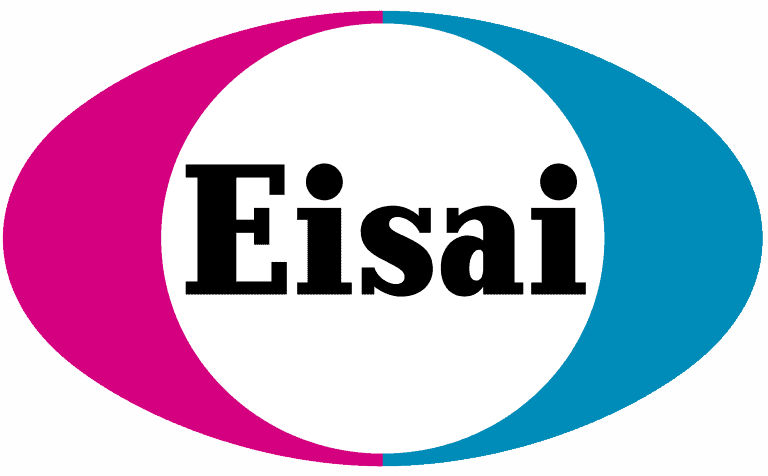Original Post: March 13, 2020
Updated: April 9, 2020
Dravet Syndrome Foundation (DSF) has updated these FAQs from our good friends and collaborators at the Tuberous Sclerosis Alliance to address concerns from the Dravet) community and healthcare professionals regarding the COVID-19 outbreak.
For more comprehensive and up-to-date information refer to the Centers for Disease Control and Prevention (CDC) website.
SYMPTOMS OF COVID-19
The following symptoms may appear 2-14 days* after exposure to the virus:
- Cough
- Fever
- Shortness of breath
RISKS OF ILLNESS
1. Can I get sick by touching a surface or object that has the virus on it?
- According to the CDC, coronaviruses are generally thought to be spread from person-to-person through inhalation of respiratory droplets produced when an infected person coughs or sneezes.
- It may be possible for people to become ill by touching a surface or object that has the virus on it and then touching their own mouth, nose or eyes. Wash your hands often and try not to touch your face unless you have just washed your hands.
- Older adults
- People with a serious chronic medical condition such as: Diabetes; Heart disease; Lung disease; Hypertension
- Individuals on immunosuppressants
- The CDC recommends contacting your healthcare provider to ask about obtaining extra necessary medications** and supplies in case of an outbreak of COVID-19 in your local community, which may require you to stay home for a prolonged period. You may want to consider a mail-order vendor if you cannot obtain extra medication.
- Keep away from others who are sick.
- Avoid crowds.
- Wash hands often.
- If an outbreak occurs in your community (e.g. workplace, school, church), stay home as much as possible and follow any specific recommendations made by local authorities. **FDA DRUG SHORTAGES: DSF is not aware of any current seizure medication shortages caused by COVID-19. Refer to the FDA Drug Shortage website for current information.
- The CDC now advises wearing cloth face coverings in public settings where other social distancing measures are difficult to maintain (e.g., grocery stores and pharmacies), especially in areas of significant community-based transmission.
- CDC also advises the use of simple cloth face coverings to slow the spread of the virus and help people who may have the virus and do not know it from transmitting it to others
- Cloth face coverings should not be placed on young children under age 2, anyone who has trouble breathing, or is unconscious, incapacitated or otherwise unable to remove the mask without assistance.
- The cloth face coverings recommended are not surgical masks or N-95 respirators. Those are critical supplies that must continue to be reserved for healthcare workers and other medical first responders, as recommended by current CDC guidance.
- Cloth face coverings should be washed or otherwise cleaned regularly. A washing machine should suffice in properly washing a face covering.
- If COVID-19 is spreading in your community, the CDC recommends “social distancing” or taking extra measures to put distance between yourself and other people. This may include staying home as much as possible and avoiding crowds, especially in poorly ventilated places.
- Contact your local school’s administration or your employer to see what steps they may be taking to keep students and/or staff healthy. For reference, see the CDC’s school and childcare guidance.
- Based on the CDC’s guidelines for preparing for and preventing COVID-19, individuals with high risk factors should consider rescheduling planned trips to areas affected by COVID-19, particularly those with level 2 travel notices.
- Avoid non-essential travel to destinations with level 3 travel notices because of the risk of contracting COVID-19.
- Please refer to the CDC and Johns Hopkins maps for the latest information on affected areas.
- We recommend maintaining regular clinical care. If you have questions or concerns about an upcoming clinic appointment or if you are in an area affected by COVID-19, we recommend contacting your clinic for further instructions.
- Please refer to the CDC and Johns Hopkins maps for the latest information on affected areas.
RESOURCES AND REFERENCES
• American Epilepsy Society Information on COVID-19 and Epilepsy
• Johns Hopkins COVID-19 Global Cases Map
• Centers for Disease Control – Updates and How You can Help
• World Health Organization – Advice for the Public on How to Protect Yourself
• Interactive Comic about COVID-19 – Understanding Coronavirus for the Public
Thank you to the Tuberous Sclerosis Alliance and their Medical Advisors for allowing us to adapt their FAQs for the Dravet syndrome community.






